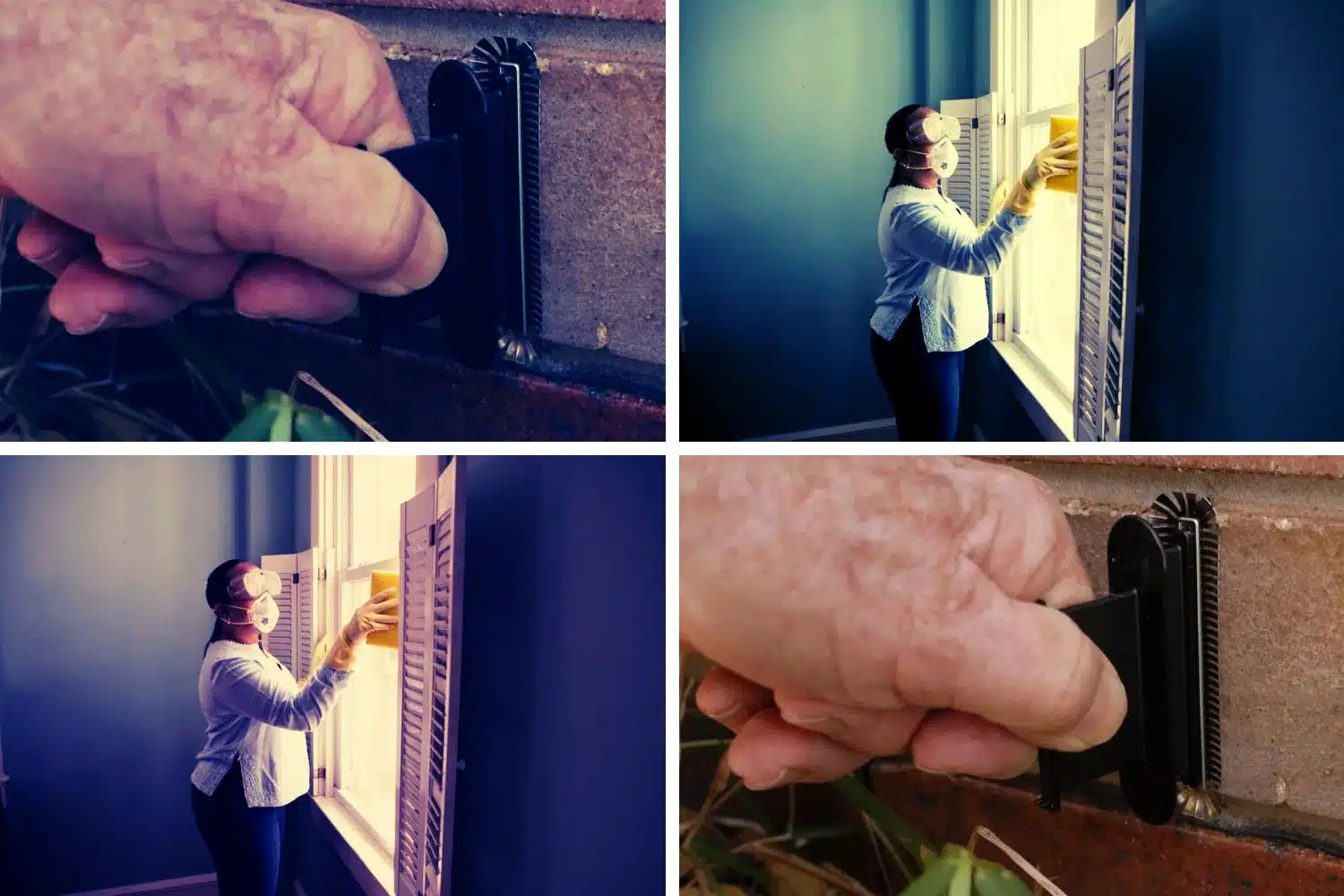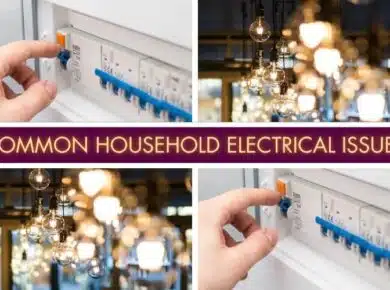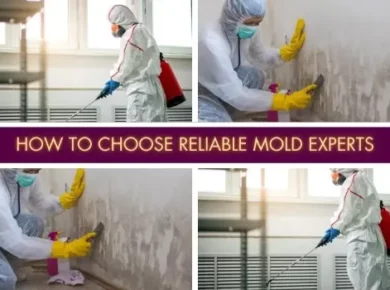If you’ve noticed an influx of rodents, pests, or insects in your home lately, it may be time to take action. While there are many different ways to tackle the pest problem — from traps and poisons to a professional exterminator — one simple solution that you can do yourself is installing weep hole covers.
This blog will cover everything you need to know about weep hole covers; including what they do, how much they cost, and why they should be used for pest prevention rather than just catching them once they’re already in!
What is a Weep Hole Cover?
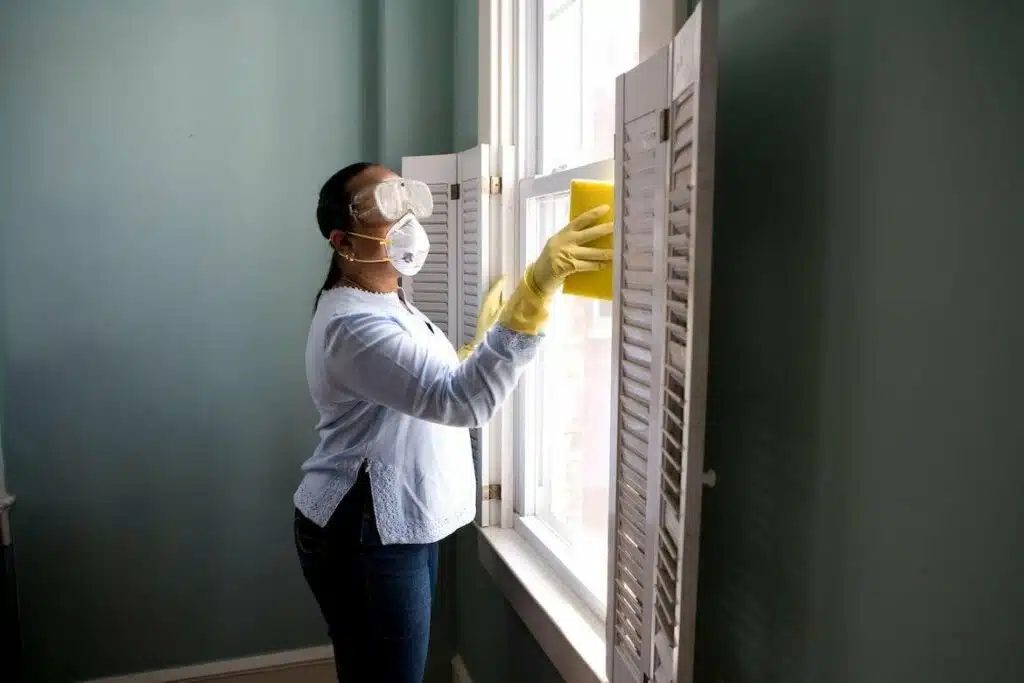
Have you ever noticed a small hole near the bottom of your wall or window frame? This tiny hole is actually called a weep hole and it plays an important role in preventing water damage within your home. You can stop a lot of pests using a weep hole cover like this to restrict their access while not stopping the ventilation of your home which is very important!
Without a cover, the weep hole can become clogged and result in water damage to your walls or foundation. So, next time you see a weep hole, remember the importance of a weep hole cover in protecting your home!
Benefits of Installing Weep Hole Covers
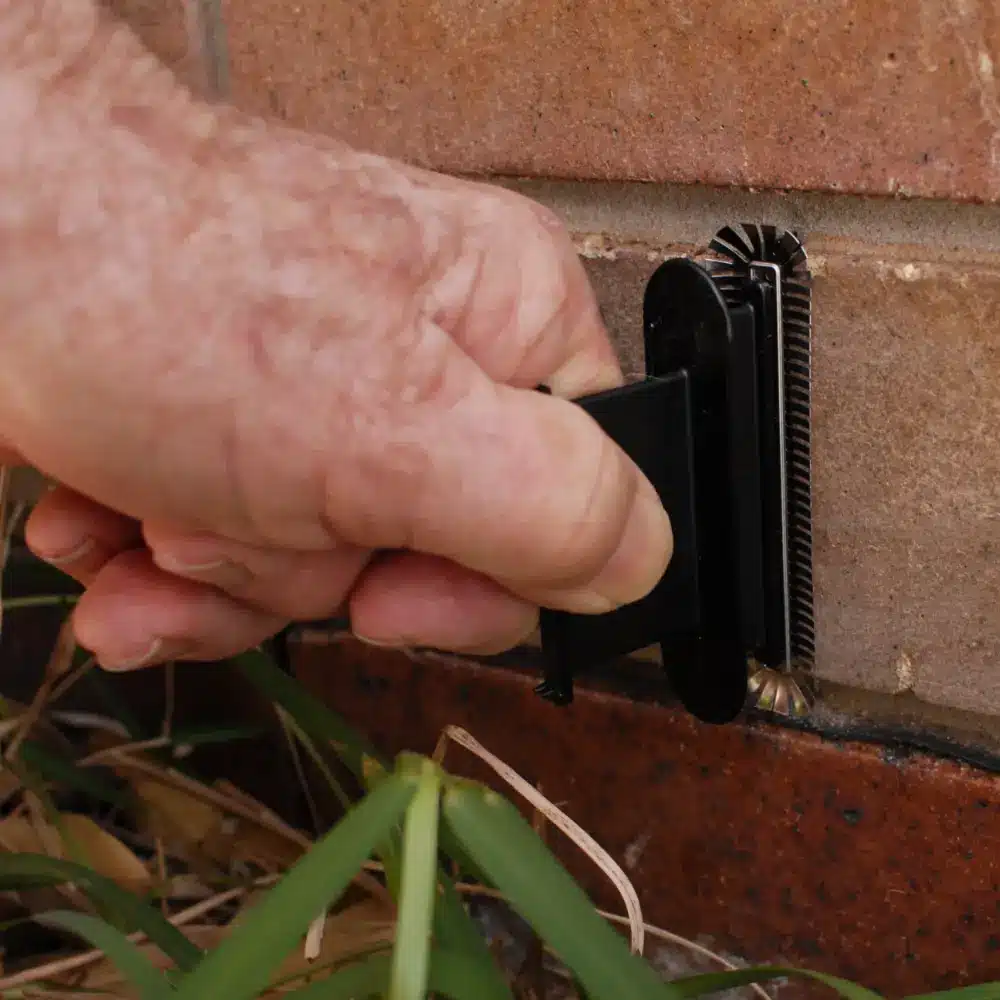
Installing weep hole covers is one of the most effective ways to prevent pest problems from occurring in your home. As mentioned earlier, these covers are designed to prevent insects, rodents, and other pests from entering gaps and holes in the exterior of a building. By blocking these entry points, weep hole covers can provide a barrier against unwanted visitors. Here are some other advantages you should be aware of.
Drainage and Ventilation of Cavity Walls
Weep hole covers can help keep the cavity wall air dry by preventing moisture from entering and allowing it to escape. This is important because excessive moisture can cause condensation which, in turn, can lead to mold growth and other water damage. However, you must also know that they can also let pests in if they are not placed properly!
Cost-Effective Pest Prevention
Compared to buying traps or hiring a professional exterminator, installing weep hole covers is much more cost-effective. It’s also easy to do yourself with limited tools and materials, making it a great DIY solution for those on a budget.
Long Lasting Protection against Pests
Weep hole covers can protect your home from pests for years to come. Since they are usually made of durable, long-lasting materials like metal or plastic, they can withstand extreme weather conditions and won’t need to be replaced very often.
Types of Weep Hole Covers Available
When protecting your property from water damage, weep hole covers are an essential component of your home’s defense system. There are several kinds of weep hole covers available in the market, each designed to suit specific needs and preferences.
You might prefer the traditional metal covers, which offer sturdy protection and durability. Alternatively, you could opt for a plastic cover if you’re looking for a cost-effective solution that’s easy to install.
Some other popular options include the adjustable covers, which allow for customization, and the insect-proof covers, which keep pests at bay. No matter what your preference, investing in quality weep hole covers puts your drainage and water control worries to rest.
Steps for Installing Weep Hole Covers
Weep hole covers are a great addition to your pest prevention routine, but it’s important to install them correctly for maximum effectiveness. The process isn’t as difficult as you might expect, and it can make a big difference in keeping unwanted critters out of your home.
By following a few simple steps, you can create an effective barrier that keeps pests from infiltrating your home through the weep holes in your exterior walls. Here’s how:
- Measure the weep hole size: Measure the area of the weep hole and make sure to get an accurate measurement. This will help you get a cover that fits properly.
- Choose your material and design: Once you know how big the opening is, you can choose the right material and design for your particular needs.
- Clean the weep holes: Remove any dirt, debris, or dust from the area before installing your cover. This will help ensure a good seal and prevent water damage.
- Attach the covers: Securely attach the covers to the wall using screws or rivets, making sure to leave about half an inch of space between them and the wall.
- Check for leaks: After installation, check to make sure the weep hole covers are properly sealed and there are no gaps or leaks. This will help keep pests out and prevent any water damage from occurring.
Installing a quality weep hole cover could make all the difference when it comes to preventing pest problems. Not only are they budget-friendly, but they are also easy to install and require minimal maintenance. They come in a variety of designs and materials to suit different applications.
Conclusion
You can choose from products that are weatherproof, fireproof, and UV resistant for added protection. With the right installation methods and proper maintenance, a good weep hole cover can be an effective barrier between your home’s exterior and pests. Taking these simple precautions will safeguard the safety of your property and give you peace of mind knowing that you’re doing your part in protecting the environment around you from nuisance pests.
